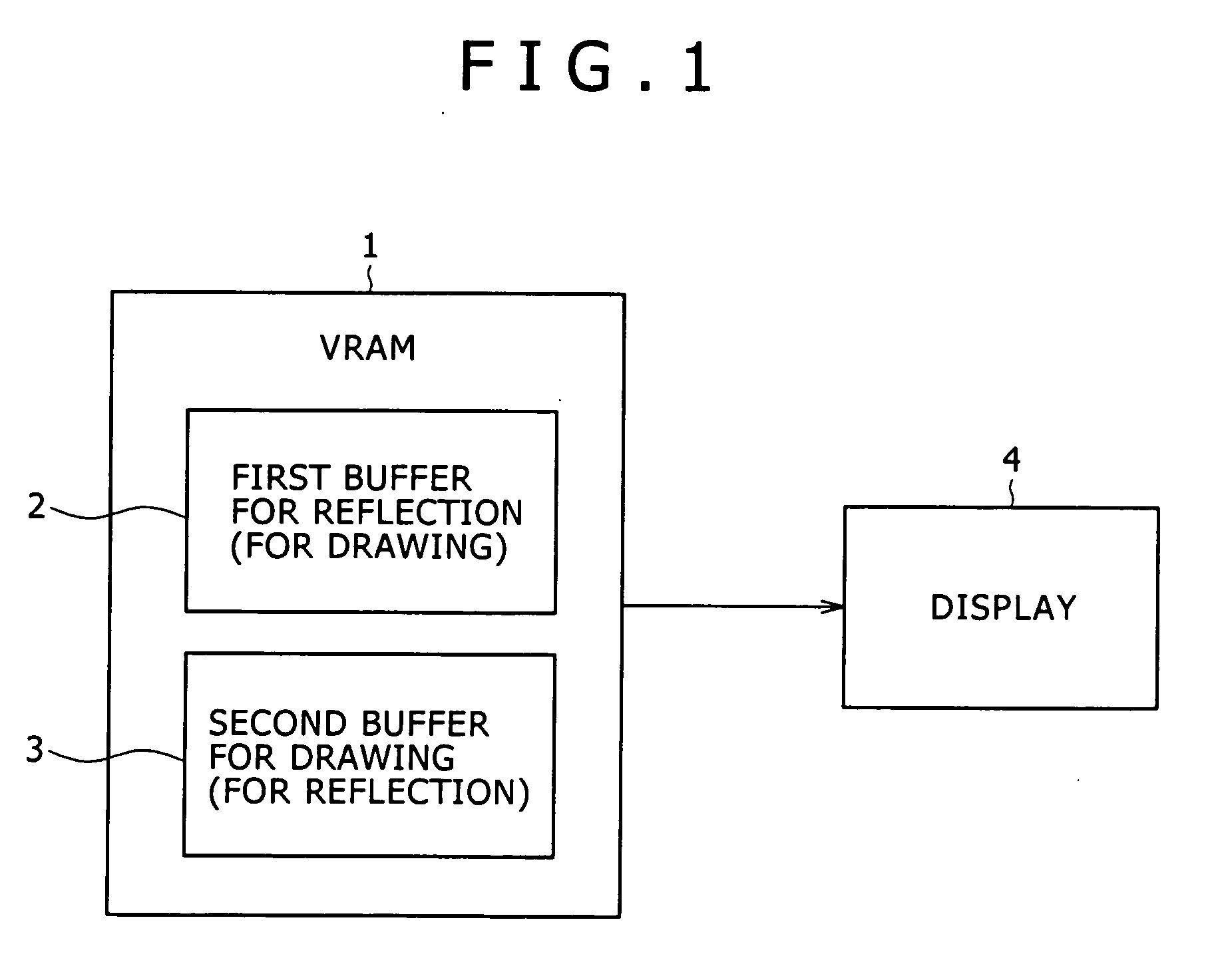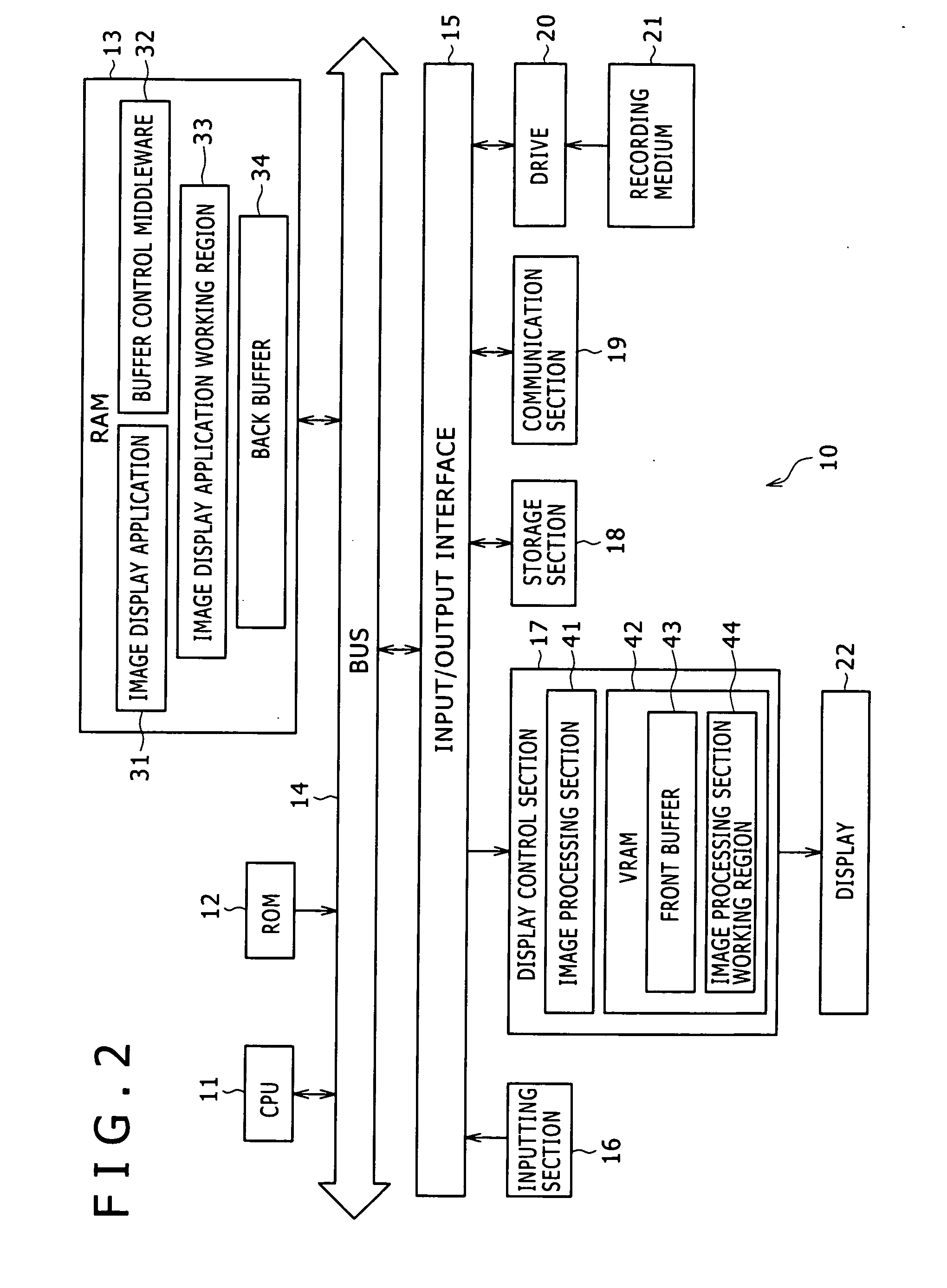Display control apparatus and display control method
- Summary
- Abstract
- Description
- Claims
- Application Information
AI Technical Summary
Benefits of technology
Problems solved by technology
Method used
Image
Examples
Embodiment Construction
[0030] Before a preferred embodiment of the present invention is described in detail, a corresponding relationship between several features recited in the accompanying claims and particular elements of the preferred embodiment described below is described. The description, however, is merely for the confirmation that the particular elements which support the invention as recited in the claims are disclosed in the description of the embodiment of the present invention. Accordingly, even if some particular element which is recited in description of the embodiment is not recited as one of the features in the following description, this does not signify that the particular element does not correspond to the feature. On the contrary, even if some particular element is recited as an element corresponding to one of the features, this does not signify that the element does not correspond to any other feature than the element.
[0031] According to an embodiment of the present invention, there...
PUM
 Login to View More
Login to View More Abstract
Description
Claims
Application Information
 Login to View More
Login to View More - R&D
- Intellectual Property
- Life Sciences
- Materials
- Tech Scout
- Unparalleled Data Quality
- Higher Quality Content
- 60% Fewer Hallucinations
Browse by: Latest US Patents, China's latest patents, Technical Efficacy Thesaurus, Application Domain, Technology Topic, Popular Technical Reports.
© 2025 PatSnap. All rights reserved.Legal|Privacy policy|Modern Slavery Act Transparency Statement|Sitemap|About US| Contact US: help@patsnap.com



